I am trying to render rounded triangles to increase performance. To illustrate what I mean, see the picture below:

I tried in the CPU, now is there a way to move this algorithm somehow to the GPU? I can change the method's code that calls the fragment shader?
By the way if I can do it, then what programming language I need to re-make it to?
I am using an OpenGL 2.1 GPU with just 20GB-30GB memory bandwidth.